A business’s logo should attract potential customers and help existing customers easily recognize the brand.
Choosing a suitable logo for their brand is important for every small business owner to materialize their business goals. A brand logo is considered the foundational element for the rest of your brand’s creative design and offers numerous benefits. According to Gartner’s Market Guide for Label and Artwork Management Software Applications, e-labeling with your logo will improve product traceability across the supply chain.[1]
A brand’s logo designing is an exciting process but may often get overwhelming because it involves choosing from various colors, imagery, typography, and iconography that will represent your business for years. The complex design process often agonizes small business owners, making it hard to work in the right direction.
We’ll explain the different types of logo design, how to choose the right logo style for your business, and the benefits of a strong logo design.
Types of logo design
From watermarks to mascot logos, multiple logo options may get overwhelming when researching to curate a brand logo. Here are some logo types you might want to consider before finalizing one for your business.
Abstract logos
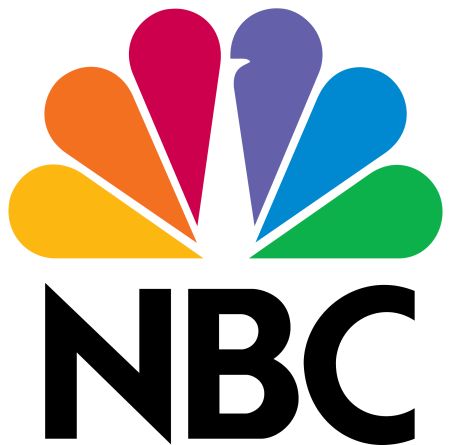
NBC’s peacock logo[2]
An abstract logo is a symbol or image that conceptually represents your business. It’s not necessarily a physical picture and represents multiple concepts and feelings. Some examples of popular abstract logos include Spotify, Airbnb, and MasterCard. Abstract logos are meant to pack a powerful punch of meaning to communicate a brand’s message.
Who should use an abstract logo?
Retail, fashion, consumer, food, and beverage companies.
Emblem logos
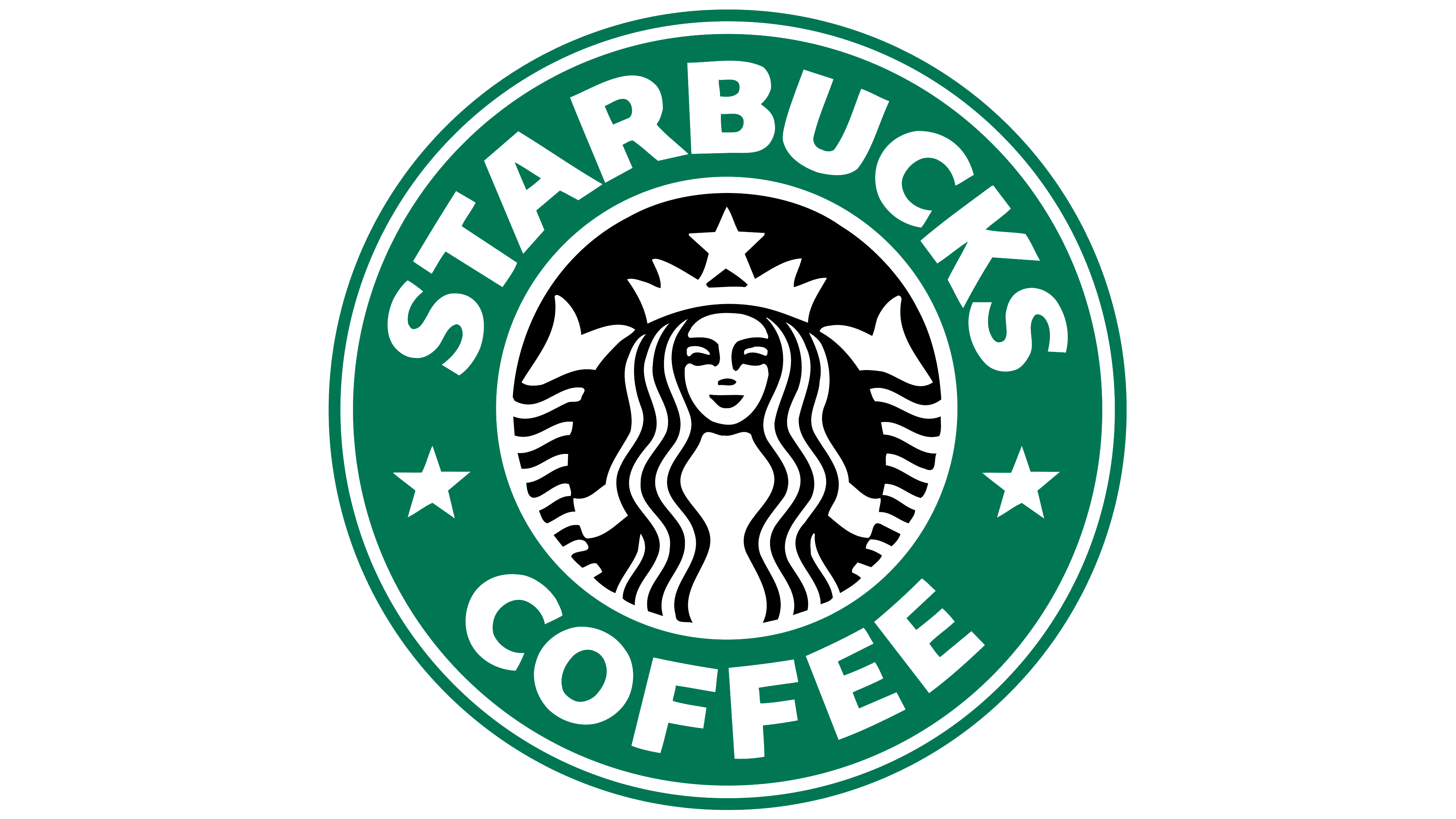
Starbucks’ logo[3]
An emblem logo is similar in that it uses text and images to create an abstract representation, but they are more literal than an abstract logo as they include text. Famous emblem logos include the Starbucks mermaid or the Superman ‘S.’ Emblem logos might look like a seal or crest.
Who should use an emblem logo?
Universities, organizations, and government agencies.
Mascot logos

Planters’ logo featuring Mr. Peanut[4]
A mascot logo is a character that represents your business. Famous mascot logos include the GEICO gecko, the Pringles man, and Mickey Mouse. Mascot logos offer maximum personality and humanization, creating a type of brand ambassador that is easily identifiable.
Who should use a mascot logo?
Food and beverage companies and service businesses.
Lettermark logos

Google’s logo[5]
Lettermark logos are typography stamps that often include letters or a company's initials. Typically, lettermark logos refer to the name of a business such as NASA or McDonald’s ‘M.’ Sometimes, lettermark logos can appear as a catchy acronym and help establish frequency and recognition with customers.
Who should use a lettermark logo?
Formal organizations and upscale fashion brands.
Combination logos

Capterra’s logo (Source)
A combination logo is the best of both worlds; it includes typography and imagery but is not a crest like an emblem logo. Text and icons work together to create overall brand recognition. Popular examples include Apple, Starbucks, and Amazon, which all feature the brand name right next to an icon. A combination logo is one of the most popular types of logos, but you can also create variations of combination logos by simply using the brand name or abstract imagery.
Who should use a combination logo?
Startup businesses and technology brands.
Monogram logos
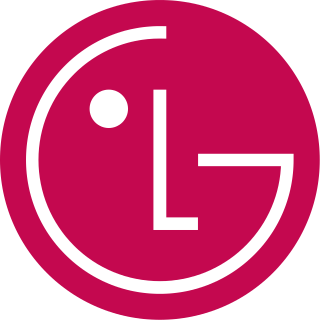
LG’s logo[6]
Monogram logos typically only consist of a brand's initials. Think of the interlocking Chanel ‘Cs’ and the Louis Vuitton ‘LV.’ Monogram logos are popular in the fashion industry as they condense a lengthy name into a handful of letters. Also, monograms typically interlace the letters, which makes them different from lettermark logos.
Who should use a monogram logo?
Brands with long or difficult-to-pronounce names and global companies.
Pictorial logos
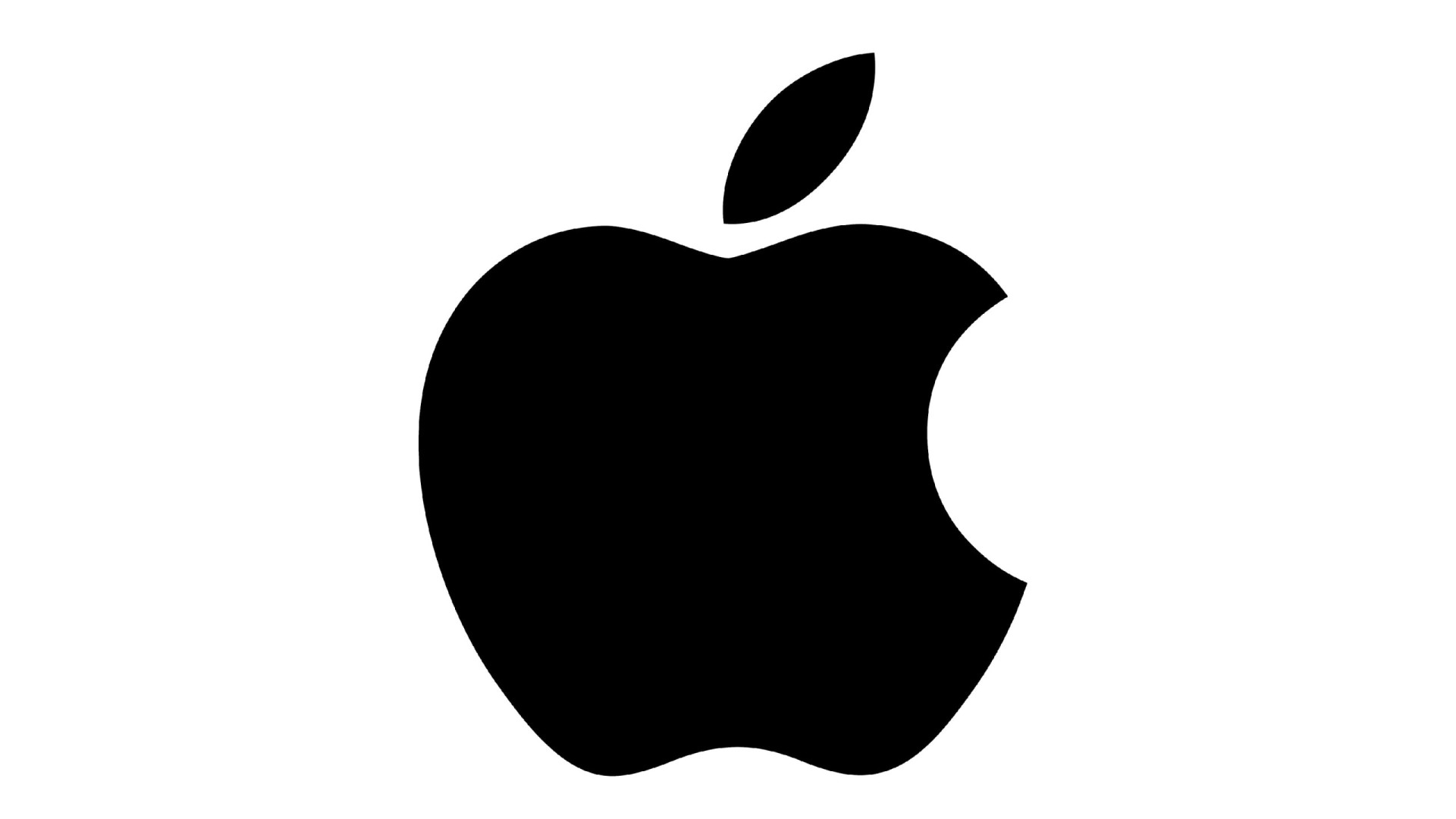
Apple’s logo[7]
Pictorial logos are solely image-based on abstract or concrete visuals representing a brand. Popular examples are the Target ‘bullseye’ and the Shell gas ‘seashell.’ These are typically simple icons or illustrations that create instant brand recognition. They can be literal, like tech giant Apple’s ‘apple’ symbol, or more abstract.
Who should use a pictorial logo?
Global commerce companies.
Dynamic logos
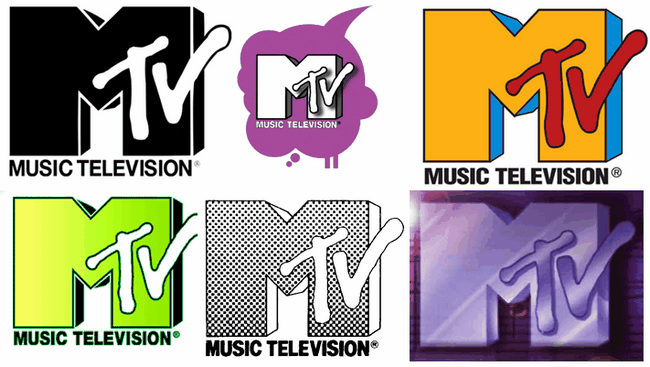
MTV’s varying dynamic logos[8]
A dynamic logo has elements that constantly change. Similar to a combination logo, it often has both imagery and text. However, aspects of the image or text might vary depending on the usage. For example, Google’s logo is dynamic on google.com during holidays and seasonal campaigns.[9] It might have string lights around the holiday season or the LGBTQIA+ flag during June, the pride month. This dynamic aspect can be impactful as it sends a specific message to users.
Who should use a dynamic logo?
Brands looking to send a specific message.
Wordmark logos

Coca-Cola’s logo[10]
Wordmark logos primarily contain text in the brand’s typography or font face. Coca-Cola’s swirly signature font is an example of a wordmark logo. Typically, there are no other symbols or mascots, and wordmark logos are also called logotypes.
Who should use a wordmark logo?
Businesses with distinct, short names.
Letterform logos

Netflix’s logo[11]
Letterform logos are singular letters that represent an extended brand name. They’re typically the first initial of a brand name such as Netflix or McDonald’s. Letterform logos differ from monogram logos as they only contain one letter. Your business might want to stamp physical packaging or labeling with your letterform logo.
Who should use a letterform logo?
Long-standing brands with high recognition.
Choosing the right type of logo design
With so many choices of logo types, it’s not easy to narrow down to one. As all the different types of logos are used in varying capacities and situations, your logo usage might change over time. Brands might use a combination of different logo types depending on the medium. For example, a wordmark logo on a printed shopping bag might be more accessible, whereas a lettermark logo might fit nicely as a social media profile picture.
Here are a few tips for choosing the suitable logo styles for your business.
1. Establish your brand’s tone and personality
Every business has a unique tone and personality, from quirky and light-hearted to firm and professional. Deciding on a brand personality is an important step in creating the different creative collateral that comes along with your business. Depending on what you choose, different types of logos might be more suited for one style or the other.
2. Experiment with colors and typography
Whether you’re developing your brand logo yourself or working with an expert creative agency, play around with different colors, styles, and typography to determine what feels best. For example, if your brand evokes tranquility and relaxation, you might want to use softer, cool tones. Brighter reds and yellows might make more sense if you work with athletes focused on generating hype, excitement, and energy.
3. Create style variations
Many brands develop a combination logo with words, imagery, and distinct colorways. While the official logo might be used commonly, different logo variations might be needed for different scenarios. For example, if your business is attending a tradeshow, it might make more sense to spell your brand name in a wordmark logo for clarity. Your brand might be best represented on your website by a single-letter form logo.
Benefits of logo design
Logos are a must-have for any business but don’t have to be overly complicated. Here are a few more benefits of logo design.
Creates familiarity with customers. A great logo makes a great first impression on your ideal customer. Your logo helps your audience quickly recognize and identify your business, and it operates as the visual foundation of your brand.
Enhances brand loyalty. Logos evoke feelings and emotions from customers, so an excellent logo should attract your customers and keep them coming back to purchase your products or services. Customers often feel represented and comfortable when they can buy a product from a recognizable brand logo.
Grabs attention. Consumers have extremely short attention spans, and with millions of small businesses launched every year, they’re inundated with marketing and advertising from many different companies. An eye-catching, well-designed logo grabs attention, especially in competitive industries.
Builds a relationship with customers. You attract your ideal customer when you craft the right logo for your business. If your brand sells ice cream flavors, a colorful, cheeky brand logo will attract customers who crave something different. On the other hand, if you run an accounting business, you may want a logo that displays professionalism, trust, and confidence as you’ll be handling people’s personal financial information.
Establishes a competitive edge. Logo design also helps you stand out against competitors. A logo establishes your brand identity and helps customers understand your business. It can showcase your brand values and separate your business from the competition. For example, if you run a car washing service, a fun, quirky logo might be more interesting than the standard watermark logos used by most competitors.
Finalizing your logo styles
While deciding on a logo style is difficult, it’s one of the most foundational elements to create your visual brand identity. Your logo can become the most recognizable facet of your brand and make an easy way for customers to pick your products or services out of a sea of competitors.
To bring a logo to life, work with a graphic designer or creative agency to establish your brand’s tone and personality, experiment with different colors, and create multiple variations that you can use in different scenarios.
To learn more about logo design and creative services for your business, check out the resources below:

